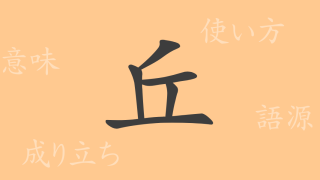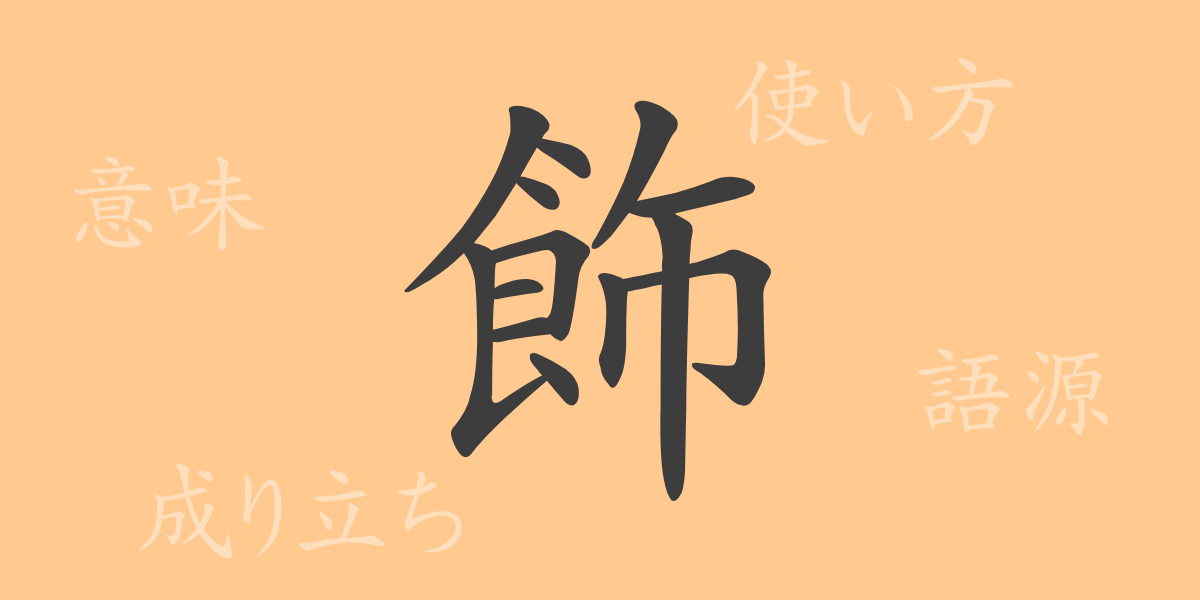In Japanese culture, Kanji transcend mere characters; each possesses its unique meaning and beauty, deeply embedded in everyday life. The Kanji ‘飾’ (ショク) represents the various beauties around us and offers insight into human interiors and actions. This article delves into the rich world of ‘飾,’ exploring its origins, meaning, usage, and the phrases and proverbs that resonate in the Japanese heart.
Origins of 飾 (ショク)
The Kanji ‘飾’ originates from ancient China, evolving from pictographs that initially depicted the act of wearing ornaments. Over time, it has come to denote the general act of adding decorations to beautify things, evolving to encompass a broader meaning in modern contexts. As Kanji culture spread to Japan, ‘飾’ was adapted to various contexts, enriching its usage further.
Meaning and Usage of 飾
‘飾’ carries meanings related to adorning, beautifying, and improving appearances. Metaphorically, it also implies embellishing or masking reality to enhance appearance. Commonly used in phrases like ‘テーブルを飾る’ (decorate a table) or ‘言葉を飾る’ (embellish words), it illustrates both physical and figurative embellishments in Japanese.
Readings, Stroke Count, and Radical of 飾
The Kanji ‘飾’ is essential in understanding through its form and significance:
- Readings: On’yomi (おんよみ) ‘ショク’, Kun’yomi (くんよみ) ‘かざ.る’, ‘かざ.り’
- Stroke Count: 13 strokes
- Radical: Food (しょくへん)
Phrases, Idioms, and Proverbs Involving 飾
‘飾’ appears in numerous Japanese idioms and phrases, each reflecting unique nuances and cultural backgrounds:
- 飾り窓 (かざりまど): A decorative window, prioritizing aesthetics over functionality.
- 飾り立てる (かざりたてる): To exaggerate or overly embellish something.
- 飾り気 (かざりけ): Affectation or decoration for enhancing appearance.
- 金の切れ目が縁の切れ目: A proverb meaning financial ends lead to relational ends, suggesting that monetary relationships can embellish or mask true human connections.
Conclusion on 飾
The unique worldview each Kanji holds symbolizes the depth of the Japanese language. ‘飾’ reflects our pursuit of beauty and prompts reflection on the essence behind it. While embellishing words can enrich emotions, excessive decoration may obscure reality. Using ‘飾’ judiciously is key to fostering rich communication.

























